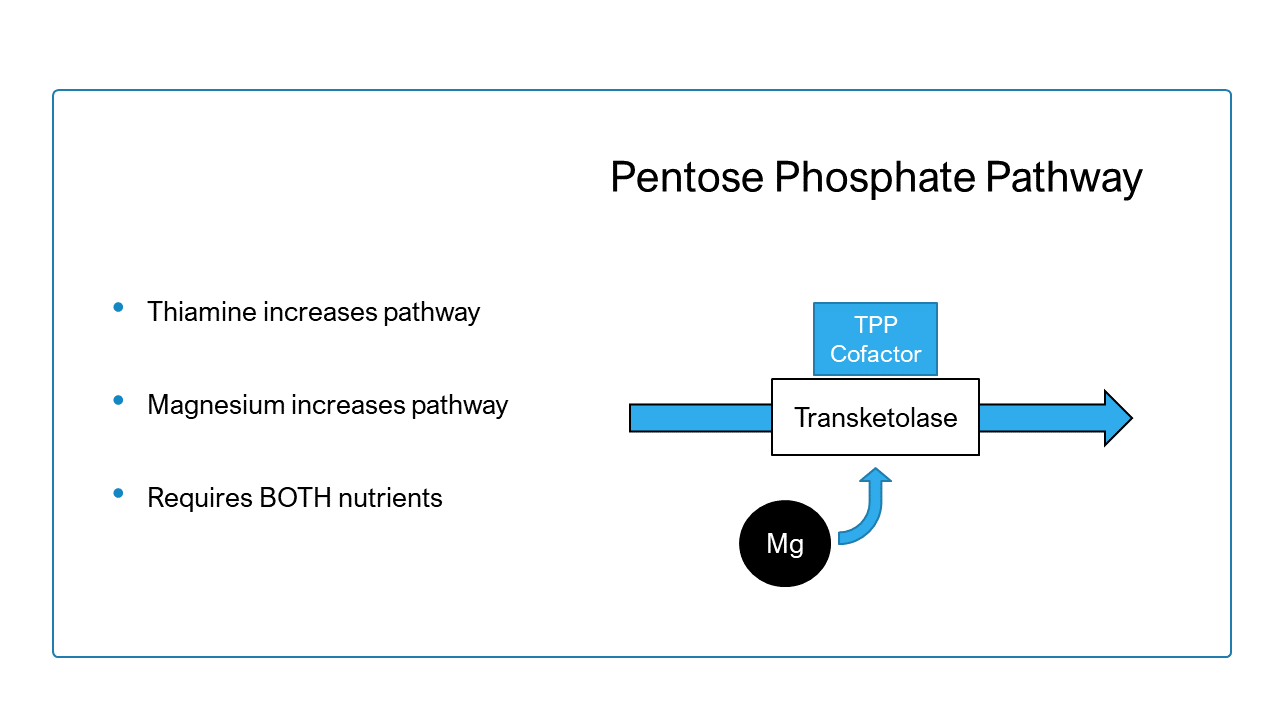I graduated from London University in 1948 and retired at the age of 88 years in 2012, so I have seen some remarkable changes in the practice of medicine. I have entered many reports on this website, detailing what should be a medical revolution. One of the best professional associations that I have ever made has been with Dr. Chandler Marrs, the editor of Hormones Matter. Both of us have tried hard for years now to explain the details of our experience, hoping to reach those many individuals who are being misdiagnosed and treated extremely badly. My recent experience has come from retiring in an excellent retirement home.
I am surrounded by people of my age, many of whom are taking numerous medications to treat their symptoms. The most recent example was in a gentleman who has been in and out of hospital several times with a set of symptoms whose origins are clearly due to cellular energy deficiency. When approaching him as a friend and asking him how he is faring, he told me that his list of symptoms remains as a medical mystery. In addition, two women, with whom I had become acquainted, had symptoms that were similar to his. One of them passed away without a diagnosis and the other one is presently being treated symptomatically. The reader might well ask the obvious question as to what happens if I should state an opinion. The answer is very simple; the offered explanation would fall on deaf ears. Unfortunately, this is eminently predictable and is the major reason why innovation that contradicts the medical standards of the day is regarded as heresy throughout history. Of course, “new” concepts must be backed by evidence to become accepted. We are trying to provide the evidence on this website for defective cellular energy as a major cause of disease.
Heresy in Medicine
I am pretty sure that I may have recorded the story of Dr. Semmelweiss on this website but it is a story so poignant that it is well worth repeating. It is a story that illustrates the difficulty of introducing innovation in medicine, or indeed anything new. Semmelweiss was a German Hungarian physician who lived before the discovery of microorganisms. He presided over an obstetrics ward in which there were perhaps 10 beds on one side of the room and 10 beds on the other. The physicians of the day would come in and deliver their patients without washing their hands or changing their clothes. It is difficult for some people to comprehend the total lack of any form of hygiene that doctors practiced before microorganisms were discovered. Semmelweiss observed that the physicians would often come into the ward directly from the morgue and concluded that they must be bringing something in on their hands that caused the patient to die from child-bed fever, as it was then called. From this observation, he organized the first controlled experiment in medicine. He directed the physicians on one side of the ward to wash their hands in chlorinated lime before they delivered the patient. The physicians operating on the other side of the ward carried on in the same old way.
The results were dramatic as we would expect today. Child-bed fever was reduced by 85% when the physicians washed their hands. The medical profession, including his colleagues, said that “because Semmelweiss could not explain what was on the hands of the physicians, his explanation was unscientific”. It is important to note that they simply ignored the obvious benefit. He was discharged from his job and excluded from the hospital. He died as a pauper in a mental hospital.
The major point is that the concepts of the medical profession of the day were completely wrong, He had clashed with the current medical model that was then accepted by mainstream medicine as “the truth”. If we apply this lesson to today’s model of medicine, it is impossible not to wonder if the outstanding principle of the use of pharmaceutical drugs in medical practice is fundamentally wrong. Is treating symptoms without addressing their underlying cause scientifically justified? A glance at the Physicians’ Desk Reference that supplies information on the many prescription drugs available might put off the reader’s use of a prescription. For each drug there is a short description of its use, often with an admission that its action is only partly understood. Then follows a page or two describing its side effects. Does this not suggest that the use of pharmaceuticals to treat symptoms causes more problems than it solves? Are we approaching another Semmelweiss moment in medical history?
Envisioning an Alternative Approach
I envision the profession of medicine as like a traveler, hoping that the road leads to the best solution in the treatment of disease. For my analogy the traveler comes upon a fork in the road with a signpost. One sign says “Kill the Enemy“, (referring to the discovery of infecting microorganisms) and our traveler takes that road because the sign for the other fork is blank. “Kill the enemy” became the first paradigm (a model accepted by all) in medicine. We had to find means of killing bacteria, viruses, cancer cells or any other attacking agent and many years were spent in trying to find ways and means of doing this without killing the patient. The information was hard won and a lot of patients suffered untold hardship and even death until the discovery of penicillin. This in itself “proved that the correct fork in the road had been chosen”. As we know, this discovery led to the antibiotic era, but even these drugs are running into new problems.
To continue the analogy, our traveler goes back to the fork in the road and finds that the other sign has now been filled in. It reads “Assist the Defenses” and I believe that it should represent a new paradigm. Louis Pasteur and his colleagues discovered the disease producing microorganisms, but on his deathbed he is purported to have said “I was wrong, it is the terrain that matters”. He meant that the terrain represented the defensive functions of the body that should be assisted. Perhaps he formulated what I believe must be the second paradigm in medicine.
The Second Paradigm
How should we approach the introduction of this concept? It seems to me that the problem is that few people are aware of the basic principles of body function so I must provide another analogy that I have used before in Hormones Matter. The human body can be compared with a symphony orchestra in which part of the brain represents the conductor. The organs represent the banks of instrumentalists that make up the orchestra. Like the instrumentalists who, although they are experts in their own right, still have to obey the conductor, the cooperative function of all our cells must obey the automated signals from the brain to play the symphony of health. Each of us comes with a “blueprint” that is our inheritance and although we are all the same in principle, we are all uniquely different because of accidental or inherited variations in the “blueprint”. The autonomic (automatic) nervous system, controlled by the lower part of the brain, coordinates the function of organs in the body, behaving like a computer. It receives sensory information, enabling it to receive from and send signals to those organs, thus collectively playing the symphony. The endocrine system consists of a group of glands that produce hormones. Their function, also under the command of the brain, is to release the hormones that travel in the bloodstream to the organs and are thus signaling agents.
The voluntary nervous system, controlled by the upper part of the brain, gives us what we call willpower. The voluntary and autonomic systems are completely separate but have many connections, so some of the reflex activity conducted by the autonomic system can be influenced and overridden by an act of will. Perhaps the best example is the fight-or-flight reflex that is activated by a sense of danger but can be modified voluntarily. For example, the reflex response to an insult might result in violence if it is not modified by the voluntary system. Assuming that the blueprint provides all the machinery of survival, all it requires is energy.
The Production and Consumption of Energy
We cannot survive without food and water. There is, however, an overall tendency to ignore the appropriate nature of the food, in spite of the fact that it provides the fuel that gives us energy. Taste is the dominating influence, driving sales for the food industry without an appropriate consideration of calorie/micronutrient balance. It is clear that “vitamin enrichment” has hoodwinked us. Chemical energy is liberated from oxidation of fuel (food), but it must be transduced in the body to an electrical form of energy that enables us to function. The electrocardiogram and the electroencephalogram are both tools that identify the electrical nature of this function. The human body is well equipped with an enormously complex system of defense but its complexity requires energy that has to be increased when a person is under any form of physical (trauma, infection, severe weather etc) or mental (divorce, grief, business deadlines etc) stress. It is very important to think of stress as a “force” to which we have to adapt. The lower part of the brain, acting like a computer must automatically organize the complex defense machinery, including the immune system, so its energy requirement exceeds that required by the rest of the body and must be automatically increased to meet the required response to stress. What we call the “illness” (fever, swollen glands, inflammation, etc.) is evidence that the brain has gone into action to generate a defense. In fact, war is declared and the result is recovery, death, or prolonged chronicity where the attacker has not been completely defeated. A nutritionally deprived individual cannot muster the energy to initiate defensive action and may explain why stalemate or the stress of vaccination can be evidence of failure to adapt.
Of all the aspects of health maintenance, exercise, appropriate rest, socialization and fulfilling job assignment, perhaps nothing is more important than the nature of the food. Genetics, stress and nutrition are visualized as the “three circles of health“. I want to illustrate this relationship by retelling an incident that we reported in “Hormones Matter” a few years ago. The mother of an 18-year-old girl reported by email that her daughter had received the HPV vaccination (to increase immunity against the virus associated with cancer of the cervix) four years previously. Throughout the four years she had been more or less crippled by a condition known as postural orthostatic tachycardia syndrome (POTS). She had been seen by many physicians without any success. Her mother did her own research work and had come to the conclusion that her daughter had the vitamin B1 deficiency disease known as beriberi and she wished to prove it. A blood test clearly showed that she was correct. Because of this, several young people who had also suffered from POTS following the HPV vaccination were also found to be thiamine deficient. One young woman who had not received the vaccination also had POTS and was found to be thiamine deficient. One of the observations that had puzzled the parents of these young people was that, without exception, each of them had been recognized as an exceptionally good athlete and student before they had received the vaccine. We deduced from this that a superior brain was more likely to consume more energy than someone less well endowed, thus increasing the risk of poor nutrition and the ability to adapt to a potentially powerful stressor.
Although proof is not possible, we have accumulated a lot of evidence that has enabled us to hypothesize that the vaccination acted as a nonspecific form of stress in people who were marginally thiamine deficient, but asymptomatic before receiving the vaccine. For the youngster who had not received the vaccine, but who had succumbed to POTS, poor nutrition alone, with or without genetic risk, had to be blamed. Genetics, stress and nutrition are visualized as the “three circles of health“.
The Medical Revolution
We are proposing that energy loss is the major cause of disease and that it results commonly from a less than ideal diet or dysfunctional mitochondria. Failing in the balanced need of the caloric content and the necessary non-caloric vitamins and minerals for efficient oxidation, the result of poor diet is energy deficiency. There is considerable evidence that thiamine plays a vital part in both the production of chemical energy (ATP) and its conversion to electrical energy for bodily function. We have concluded, also from evidence, that genes may or may not usually cause disease on their own. Either nutrition or overwhelming stress may be variable factors that create genetic risk. The prevailing addiction to sugar creates a variable degree of thiamine deficiency by the catatorulin effect. We further hypothesize that a mild to moderate thiamine deficiency leads to a gradual decay in the efficiency of the critical enzyme(s), insufficiently supported by the cofactor(s). Attributing the easily reversible symptoms to other causes and allowing them to continue, leads to chronic disease. This may or may not respond to pharmacological doses of cofactor, used to resuscitate the associated enzyme(s).
We Need Your Help
More people than ever are reading Hormones Matter, a testament to the need for independent voices in health and medicine. We are not funded and accept limited advertising. Unlike many health sites, we don’t force you to purchase a subscription. We believe health information should be open to all. If you read Hormones Matter, like it, please help support it. Contribute now.
Yes, I would like to support Hormones Matter.
Image by Jonny Lindner from Pixabay.
This article was first published on July 1, 2019.

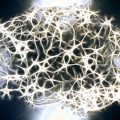






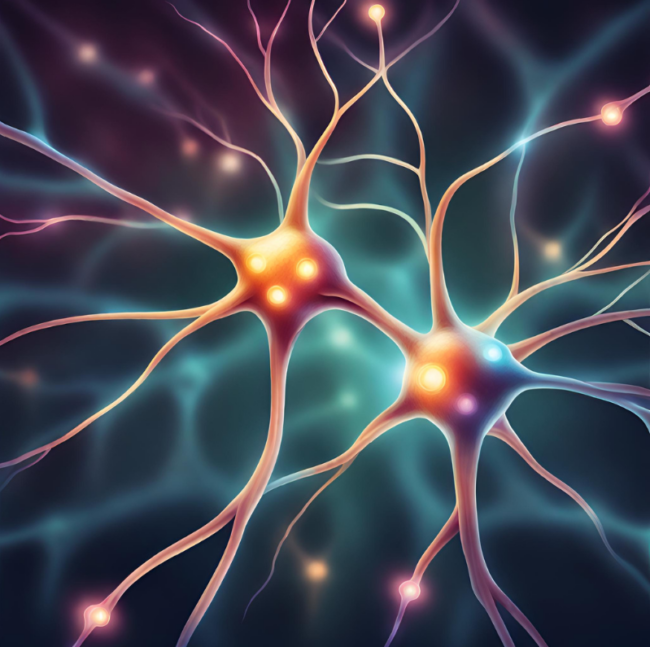


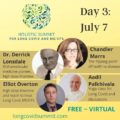
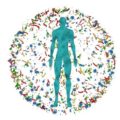




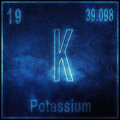

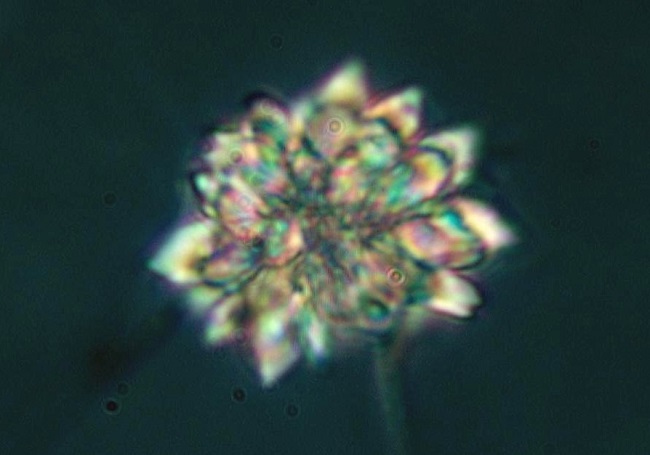

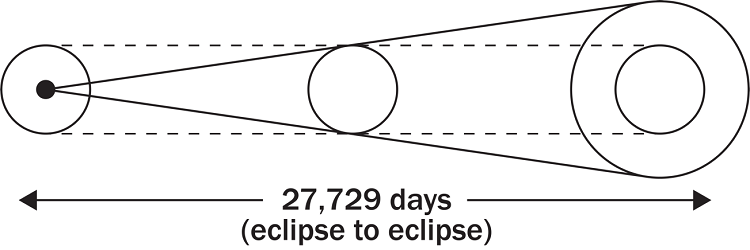


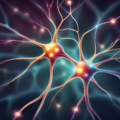



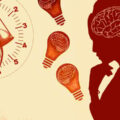


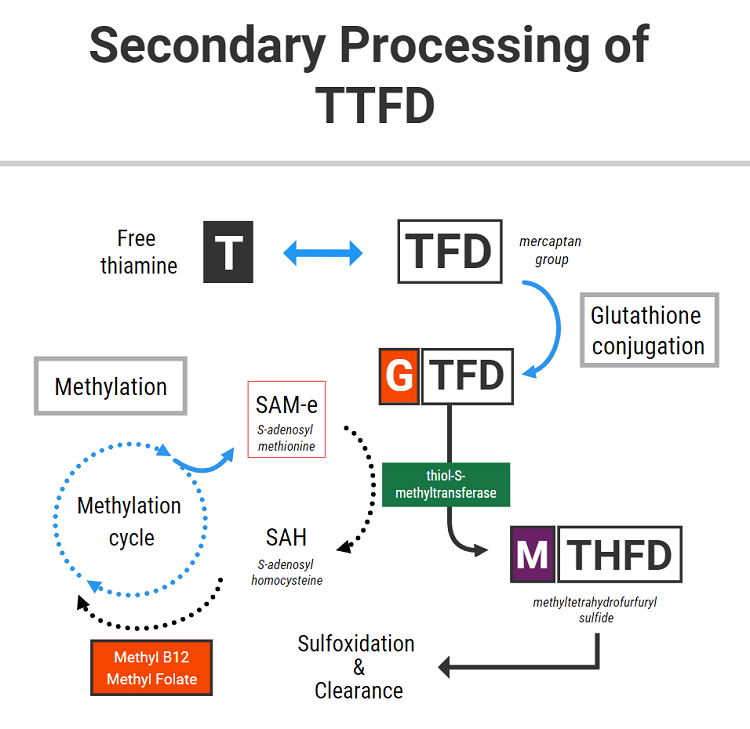





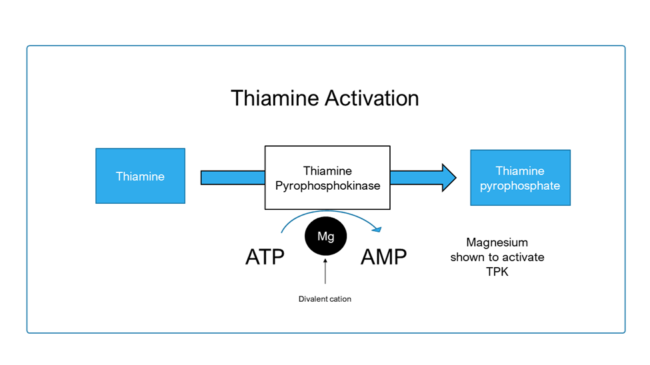 After absorption, dietary forms of thiamine gain entry into the cell through transport proteins. Once inside, free thiamine must be converted (or “activated”) into thiamine pyrophosphate (TPP), the biochemically active coenzyme form. This is achieved by an enzyme called thiamine pyrophosphokinase, which removes a phosphate from adenosine triphosphate (ATP) and attaches it to thiamine to make TPP.
After absorption, dietary forms of thiamine gain entry into the cell through transport proteins. Once inside, free thiamine must be converted (or “activated”) into thiamine pyrophosphate (TPP), the biochemically active coenzyme form. This is achieved by an enzyme called thiamine pyrophosphokinase, which removes a phosphate from adenosine triphosphate (ATP) and attaches it to thiamine to make TPP. 